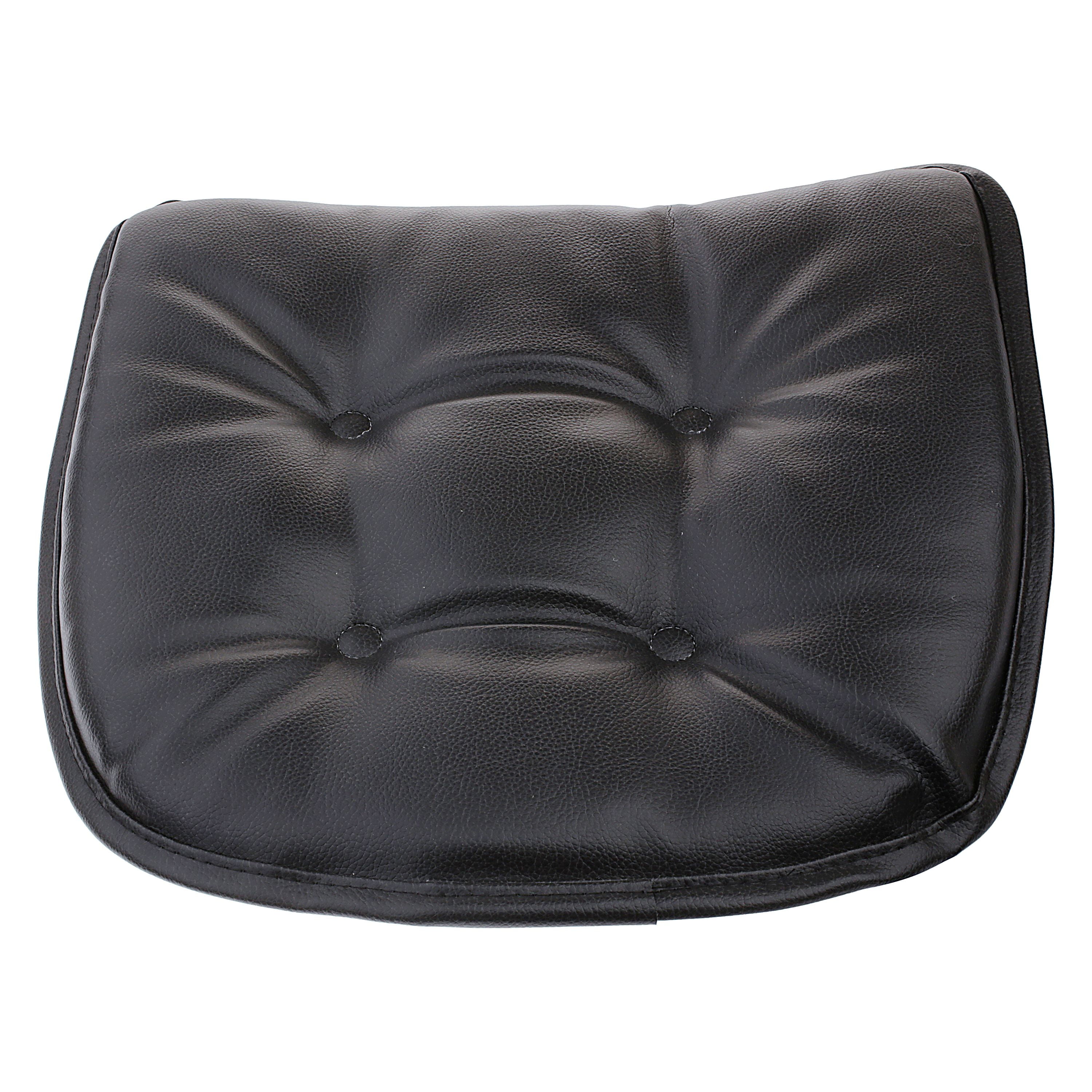Care and Maintenance of Faux Leather Dining Chair Cushions

Maintaining your faux leather dining chair cushions properly will significantly extend their lifespan and keep them looking their best. Regular cleaning and addressing minor damages promptly are key to preserving their quality and appearance. This guide provides practical advice and step-by-step instructions for effective care and maintenance.
Spot Cleaning and Stain Removal
Prompt attention to spills and stains is crucial in preventing them from setting into the faux leather. Acting quickly minimizes the effort required for cleaning and helps prevent permanent damage. Different stains require different approaches, so it’s important to understand the best methods for various types of spills.
- For minor spills (e.g., water, juice): Blot the affected area immediately with a clean, absorbent cloth. Avoid rubbing, which can spread the stain. Gently wipe the area with a damp cloth and allow it to air dry completely.
- For greasy stains (e.g., oil, grease): Sprinkle baking soda on the stain to absorb the excess oil. Let it sit for about 30 minutes before gently brushing it off. Then, wipe the area with a damp cloth and mild soap solution. Rinse with a clean, damp cloth and air dry.
- For ink stains: Apply a small amount of rubbing alcohol to a clean cloth and gently dab at the stain. Avoid excessive rubbing. Blot with a clean, damp cloth and allow to air dry. Test this method on an inconspicuous area first.
General Upkeep and Cleaning, Faux leather dining chair cushions
Regular cleaning prevents dirt and grime buildup, maintaining the appearance and prolonging the life of your cushions. A consistent cleaning schedule is recommended, particularly in high-traffic areas.
- Dusting: Regularly dust your cushions with a soft cloth or a feather duster to remove loose dirt and debris. This simple step prevents the accumulation of dirt that can eventually damage the material.
- Wiping: Once a month, wipe down your cushions with a damp cloth and mild soap. Avoid harsh chemicals or abrasive cleaners that could damage the faux leather. Rinse with a clean damp cloth and allow to air dry completely.
- Conditioning: Every few months, consider applying a leather conditioner specifically designed for faux leather. This helps keep the material supple and prevents cracking or drying out. Follow the conditioner’s instructions carefully.
Repairing Minor Damages
Small cuts or scratches can be easily repaired with a faux leather repair kit, readily available at most home improvement stores. These kits typically include color-matched patches and adhesive.
- Clean the area: Before beginning the repair, thoroughly clean the damaged area with a damp cloth to remove any dirt or debris. Allow it to dry completely.
- Apply adhesive: Apply a small amount of adhesive to the back of the patch provided in the repair kit, ensuring even coverage.
- Apply the patch: Carefully press the patch onto the damaged area, ensuring it is firmly adhered. Smooth out any air bubbles or wrinkles using a clean cloth or your finger.
- Allow to dry: Let the adhesive dry completely according to the manufacturer’s instructions. This usually takes several hours.
